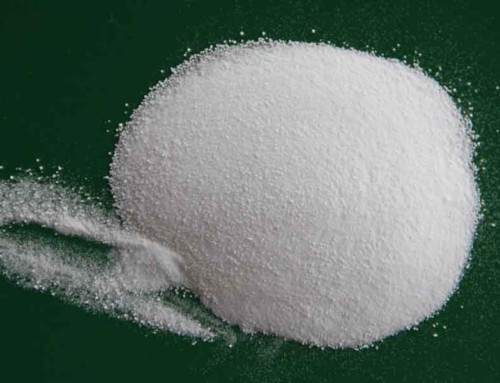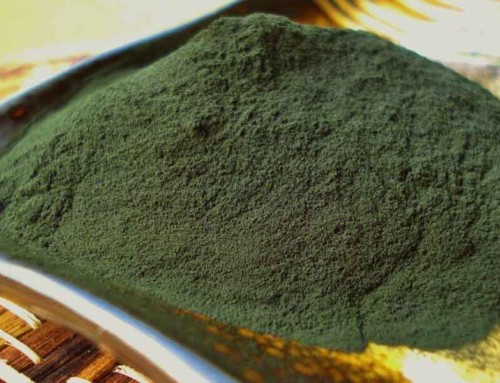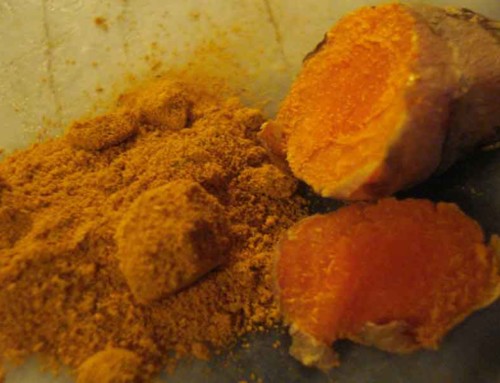Project Description
Mental depression is another condition which may result from low vitamin B Complex intake. Because of pyridoxine’s role in serotonin and other neurotransmitter production, supplementation often helps depressed people feel better, and their moods improve significantly. It may also help improve memory in older adults. However, the effectiveness as treatment for PMS, PMDD, and clinical depression is debatable.
Ingestion of vitamin B-Complex possibly can alleviate some of the many symptoms of an alcoholic hangover and morning sickness from pregnancy. This might be due to its mild diuretic effect. Though the mechanism is not known, results show pyridoxamine has therapeutic effects in clinical trials for diabetic nephropathy.
Larsson et al. have shown vitamin B-Complex intake and pyridoxal phosphate (PLP) levels are inversely related to the risk of colon cancer. While in their study the correlation with B-Complex intake was moderate, it was quite dramatic with PLP levels, where the risk of colon cancer was nearly decreased by half.
Vitamin B6 is also known to increase the metabolism of Parkinson’s medications, such as levodopa,
B-vitamins are a group of water-soluble vitamins that play important roles in cell metabolism. In general, supplements containing all eight are referred to as a vitamin B complex. Individual B vitamin supplements are referred to by the specific name of each vitamin (e.g., B1, B2, B3 etc.).
List of B vitamins
Vitamin B1 (thiamine)
Vitamin B2 (riboflavin)
Vitamin B3 (niacinamide)
Vitamin B5 (pantothenic acid)
Vitamin B6 (pyridoxine, pyridoxal, or pyridoxamine, or pyridoxine hydrochloride)
Vitamin B7 (biotin)(vitamin H)
Vitamin B9 (folic acid)
Vitamin B12 (various cobalamins; commonly cyanocobalamin in vitamin supplements)
B vitamin molecular functions
Vitamin Name:
Vitamin-B1-Thiamine Thiamin.svg Thiamine plays a central role in the generation of energy from carbohydrates. It is involved in RNA and DNA production, as well as nerve function. Its active form is a coenzyme called Thiamine pyrophosphate (TPP), which takes part in the conversion of pyruvate to acetyl Coenzyme A (CoA) in metabolism.
Vitamin-B2-Riboflavin Riboflavin.svg Riboflavin is involved in the energy production for the electron transport chain, the citric acid cycle, as well as the catabolism of fatty acids (beta oxidation)
Vitamin B3-Niacin is composed of two structures: nicotinic acid and nicotinamide. There are two co-enzyme forms of niacin: nicotinamide adenine dinucleotide (NAD) and nicotinamide adenine dinucleotide phosphate (NADP). Both play an important role in energy transfer reactions in the metabolism of glucose, fat and alcohol.
NAD carries hydrogens and their electrons during metabolic reactions, including the pathway from the citric acid cycle to the electron transport chain. NADP is a coenzyme in lipid and nucleic acid synthesis
Vitamin B5-Pantothenic acid Pantothenic acid.svg Pantothenic acid is involved in the oxidation of fatty acids and carbohydrates. Coenzyme A, which can be synthesised from pantothenic acid, is involved in the synthesis of amino acids, fatty acids, ketones, cholesterol, phospholipids, steroid hormones, neurotransmitters (such as acetylcholine), and antibodies.
Vitamin B6-Pyridoxine Pyridoxal-phosphate.svg Pyridoxine is usually stored in the body as pyridoxal 5′-phosphate (PLP), which is the co-enzyme form of vitamin B6. Pyridoxine is involved in the metabolism of amino acids and lipids; in the synthesis of neurotransmitters and hemoglobin, as well as in the production of nicotinic acid (vitamin B3). Pyridoxine also plays an important role in gluconeogenesis
Vitamin B7 Biotin-Biotin structure JA.png Biotin plays a key role in the metabolism of lipids, proteins and carbohydrates. It is a critical co-enzyme of four carboxylases: acetyl CoA carboxylase, which is involved in the synthesis of fatty acids from acetate; propionyl CoA carboxylase, involved in gluconeogenesis; β-methylcrotonyl Coa carboxylase, involved in the metabolism of leucin; and pyruvate CoA carboxylase, which is involved in the metabolism of energy, amino acids and cholesterol.
Vitamin B9 Folic Acid Folic acid.svg Folic acid acts as a co-enzyme in the form of tetrahydrofolate (THF), which is involved in the transfer of single-carbon units in the metabolism of nucleic acids and amino acids. THF is involved in pyrimidine nucleotide synthesis, so is needed for normal cell division, especially during pregnancy and infancy, which are times of rapid growth. Folate also aids in erythropoiesis, the production of red blood cells.[10]
Vitamin B12-Cobalamin Cobalamin.png Vitamin B12 is involved in the cellular metabolism of carbohydrates, proteins and lipids. It is essential in the production of blood cells in bone marrow, nerve sheaths and proteins.
Vitamin B12-functions as a co-enzyme in intermediary metabolism for the methionine synthase reaction with methylcobalamin, and the methylmalonyl CoA mutase reaction with adenosylcobalamin.







